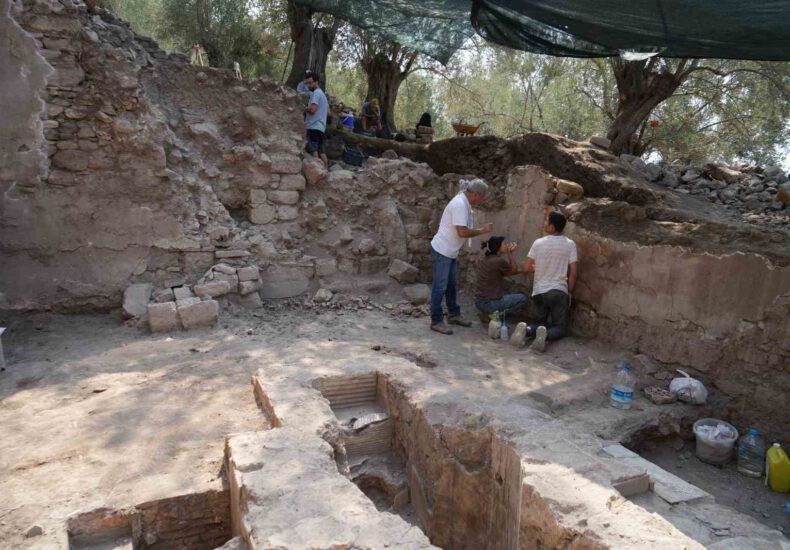
Baptistery Discovered in Antandros: From Roman Villa to Christian Rituals
A significant archaeological discovery has been made in the ancient city of Antandros, located in Türkiye’s Balıkesir province near the slopes of Mount Ida (Kazdağları). Excavations revealed that a structure originally built as part of a Roman villa was later converted into a baptistery following Christianity’s recognition as the official religion of the Roman Empire in 380 AD.
The head of the excavations, Prof. Dr. Gürcan Polat, stated that this year’s work began on July 3 under the “Heritage for the Future” project, with plans to explore four different areas. However, for now, the focus remains on a complex situated on the slope southeast of the Roman villa.
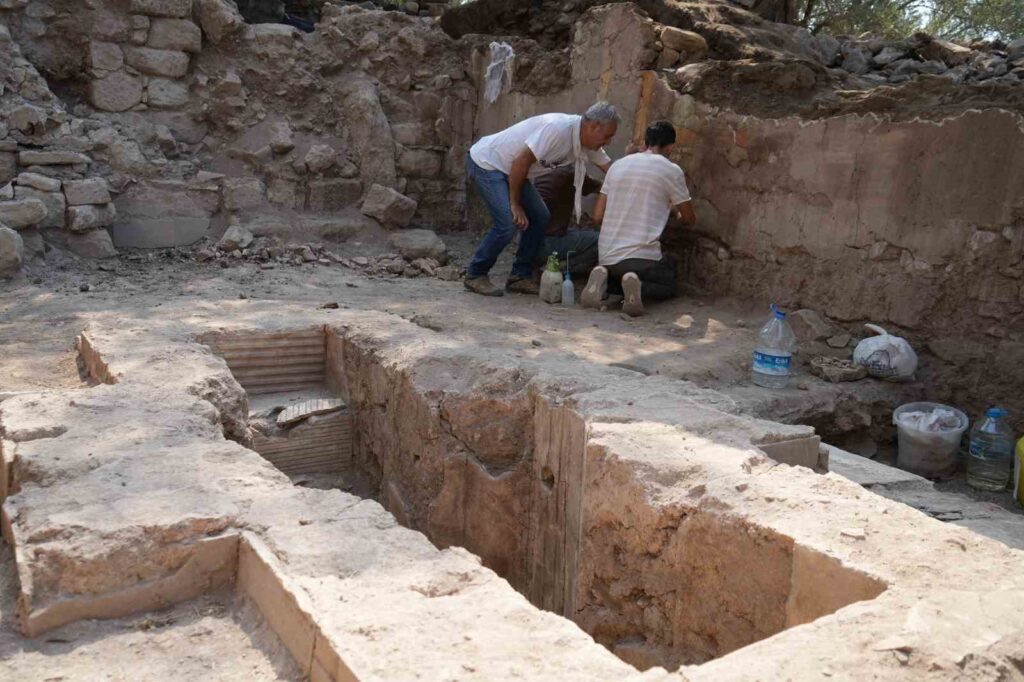
Step-Down Baptismal Pool and Frescoes
According to Polat, only one room of the structure has been fully uncovered so far:
“The room measures 7.20 by 5.90 meters. Its walls feature frescoes, and its floor is covered with marble slabs. Initially, it served as part of the Roman villa. But after Christianity became the official religion in 380 AD, it was transformed into a baptistery. The strongest evidence is the step-down baptismal pool at the center, measuring about one meter in diameter.”
Layers of Two Eras
The team also identified two distinct layers of wall decoration.
📣 Our WhatsApp channel is now LIVE! Stay up-to-date with the latest news and updates, just click here to follow us on WhatsApp and never miss a thing!!
“The first fresco dates to around AD 300. After the change in function—around the mid-5th century—the walls were redecorated with vegetal motifs and panel designs, which were popular at the time. These decorations are currently hidden beneath a thick layer of lime, which our team is carefully removing to reveal the original motifs,” Polat explained.

The excavations are expected to continue until late December with a team of 25 specialists, including nine researchers from Saarland University in Germany.
Antandros Ancient City
Antandros lies in the southern part of the ancient Troad region, overlooking the Gulf of Edremit. Founded in the 8th century BCE, it flourished during the Roman period with its luxurious villas, mosaics, and monumental tombs. Its strategic location made it an important settlement for Persians and Romans alike. Ancient literary sources also mention Antandros as one of the ports visited by Aeneas, the Trojan hero, during his legendary journey to Italy.
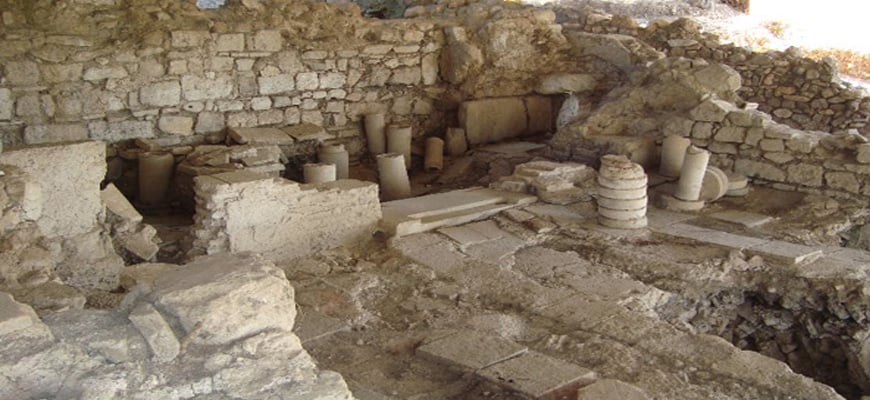
Archaeological work began with surface surveys in 2000, followed by systematic excavations in 2007. Previous finds include a lavish Roman villa decorated with intricate mosaics, a necropolis, and olive oil production facilities.
Cover Image Credit: IHA
You may also like
- A 1700-year-old statue of Pan unearthed during the excavations at Polyeuktos in İstanbul
- The granary was found in the ancient city of Sebaste, founded by the first Roman emperor Augustus
- Donalar Kale Kapı Rock Tomb or Donalar Rock Tomb
- Theater emerges as works continue in ancient city of Perinthos
- Urartian King Argishti’s bronze shield revealed the name of an unknown country
- The religious center of Lycia, the ancient city of Letoon
- Who were the Luwians?
- A new study brings a fresh perspective on the Anatolian origin of the Indo-European languages
- Perhaps the oldest thermal treatment center in the world, which has been in continuous use for 2000 years -Basilica Therma Roman Bath or King’s Daughter-
- The largest synagogue of the ancient world, located in the ancient city of Sardis, is being restored

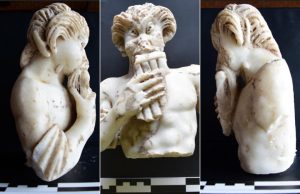
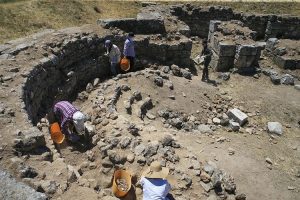
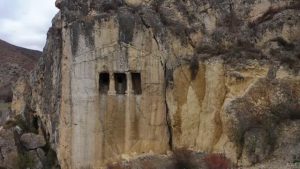
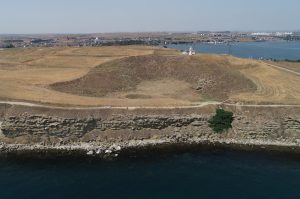
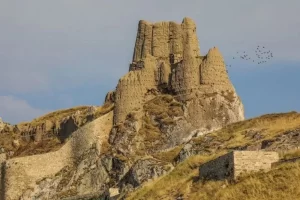
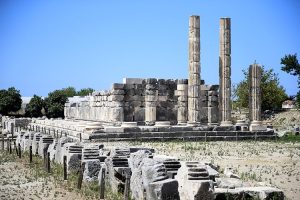


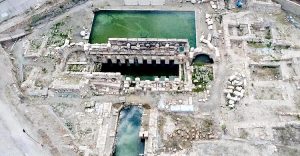
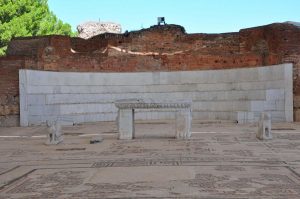
Leave a Reply